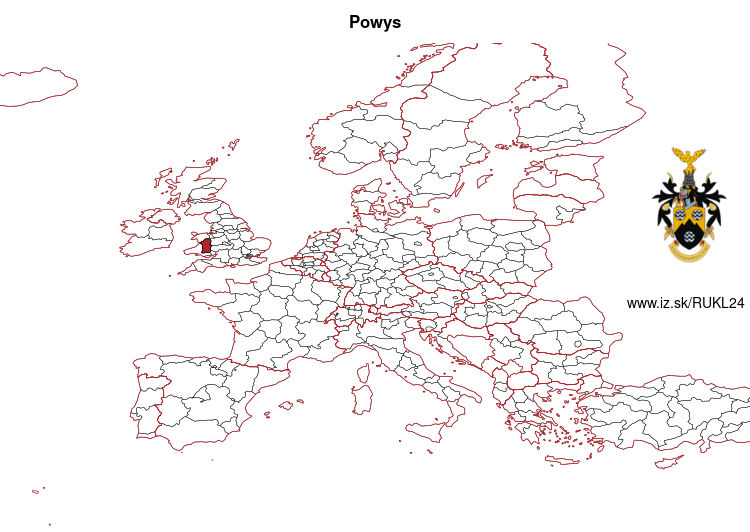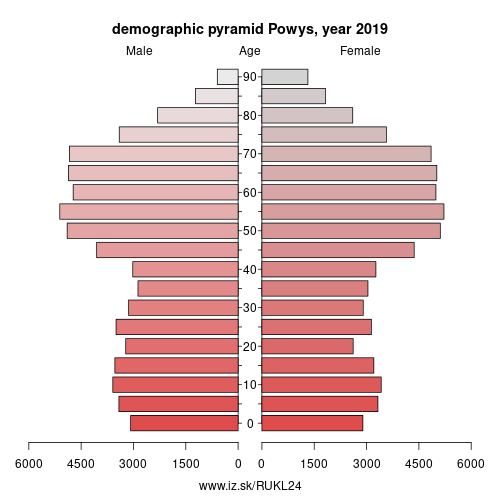- About us»
- Net income calculator»
- Population aging»
-
- Least developed regions»
-
- Average wage
- Material need benefits
- Meal allowance
- Counties of Slovakia
- Inflation
- Living and Subsistence Minimum
- Unemployment of Czechia and Slovakia
- NACE Classification
-
- Life expectancy
- Gender differences
- Youth unemployment and NEET
- Minimum wage in EU
- Unemployment rates of different age groups
- Share of salaries on GDP
- Employment rate
- NEET
- Percentage of employees ususally working at nights
- Long term unemployment
- Unemployment rate
-
- Bratislava and surroundings
- Kopanice
- Danube river
- lower Vah river
- middle Vár river
- upper Nitra river
- lower Nitra river
- Mining cities
- Kysuce a Orava
- upper Vah river - Liptov
- Spiš cities
- upper Hron river
- Juhoslovenská kotlina
- Košice fold and Torysa river
- upper Zemplín
- lower Zemplín
- EU regions
- NUTS3 regions of Slovakia
- LAU1 dataset
-
- Projects and activities
- Inclusive growth»
- Good work
- Project SKRS
- Social system – reality and vision
- Library
-
- Education of unemployed
- Young unemployed not taking part in education
- Proposal to change the system of education funding
- News»
- Contact
Powys – UKL24
EU regions: United Kingdom > Wales > East Wales > Powys

| Indicator | Period | Value |
|---|
More on wikipedia wikidata Q156150 on OpenStreetMap Powys slovensky: UKL24
Demographics
| Indicator | Period | Value |
|---|---|---|
| Demographics | ||
| number of inhabitants | 2019 | 132 093 |
| population density | 2018 | 25.5 |
| old-age dependency ratio | 2019 | 47.9 |

From Wikipedia: Powys (; Welsh: [ˈpowɪs]) is a principal area and county, and one of the preserved counties of Wales. It is named after the Kingdom of Powys which was a Welsh successor state, petty kingdom and principality that emerged during the Middle Ages following the end of Roman rule in Britain.
Geography
- See the list of places in Powys for all towns and villages in Powys.
The majority of the Powys population lives in villages and small towns. The largest towns are Newtown, Ystradgynlais, Brecon, and Welshpool with populations of 11,357, 8,092, 8,250 and 6,664 respectively (2011). Powys has the lowest population density of all the principal areas of Wales. Most of Powys is mountainous making north-south transport difficult.
Just under a third of the residents have Welsh linguistic skills: Welsh speakers are concentrated mainly in the rural areas both in and around Machynlleth, Llanfyllin and Llanrhaeadr-ym-Mochnant (where William Morgan first translated the whole Bible into Welsh in 1588) in Montgomeryshire (Welsh: Sir Drefaldwyn), and the industrial area of Ystradgynlais in the southwest of Brecknockshire (Welsh: Sir Frycheiniog). Radnorshire (Welsh: Sir Faesyfed) was almost completely Anglicised by the end of the 18th century.
Other: East Wales, North Wales, South Wales, Powys, Monmouthshire and Newport
Neighbours: Shropshire, Herefordshire, Conwy and Denbighshire, Gwynedd, Bridgend and Neath Port Talbot, North Wales, Monmouthshire and Newport, Gwent Valleys, Central Valleys, South West Wales
Suggested citation: Michal Páleník: Europe and its regions in numbers - Powys – UKL24, IZ Bratislava, retrieved from: https://www.iz.sk/PUKL24, ISBN: 978-80-970204-9-1, DOI:10.5281/zenodo.10200164

 Share
Share Facebook
Facebook Twitter
Twitter News
News